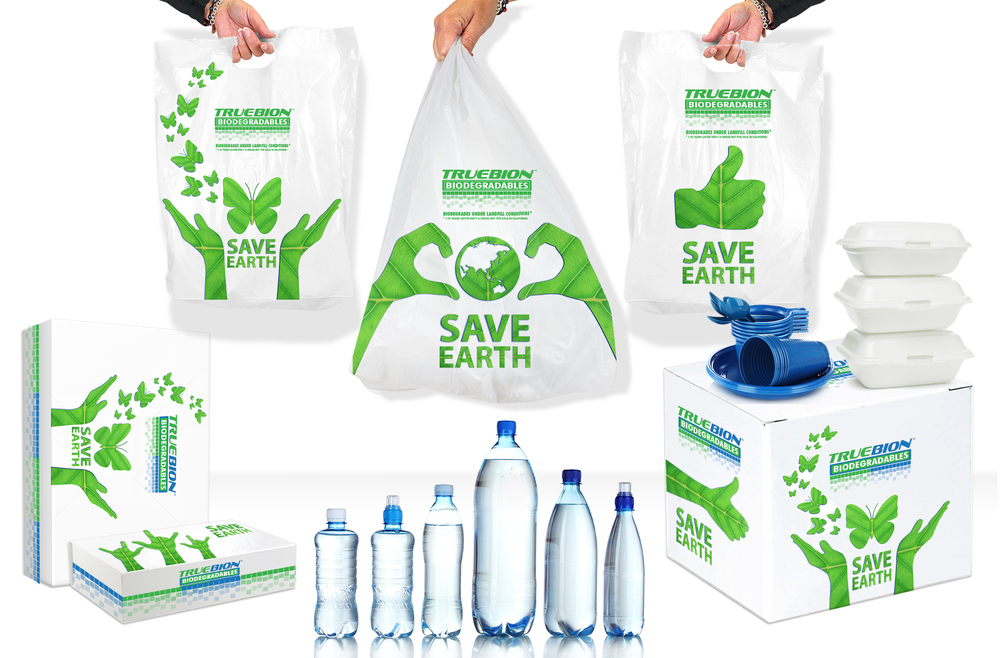
Post day: 5 February, 2018

What are biodegradable plastics? Biodegradable plastics are plastics that can be broken down by microorganisms (bacteria or fungi) into water, carbon dioxide (CO2) and some bio-material. It is important to note that biodegradable plastics are not necessarily made from bio-material (i.e. plants). Several biodegradable plastics are made from oil in the same way as conventional plastics.
So what are biodegradable plastics good for? In principle plastics are valued for their ability to make strong, durable products (for example in food storage, transport, building and construction). Biodegradability should therefore be regarded as an additional functionality when the application demands a cheap way to dispose of the item after it has fulfilled its job (e.g. for packaging, protect food and keep it fresh). Examples of useful biodegradable products are:
· Food packaging – packaging that can be composted together with its contents when the product is past its sell-by date or spoiled
· Agriculture – plastic sheeting that can be ploughed-into biodegradable mulch and seed films
· Medical – absorbable sutures; micro-devices containing medicine, which break down inside the body
Biodegradability is a material property that depends much on the circumstances of the biological environment (human body differs from soil). Given that this is the case, it could be said that making a product such as a plastic bag compostable does not make much sense because this biodegradability performance will not resolve the litter issue (different conditions in the compost and on soil).
To conclude, it is a mistake to focus on finding ways to make products easier to throw away in the name of helping the environment. Biodegradable plastics are exciting and useful materials, but they should only be used when they have a concrete benefit for a specific product. The best way to help save the planet is to save energy and improve ways of recycling and recovering all plastics.